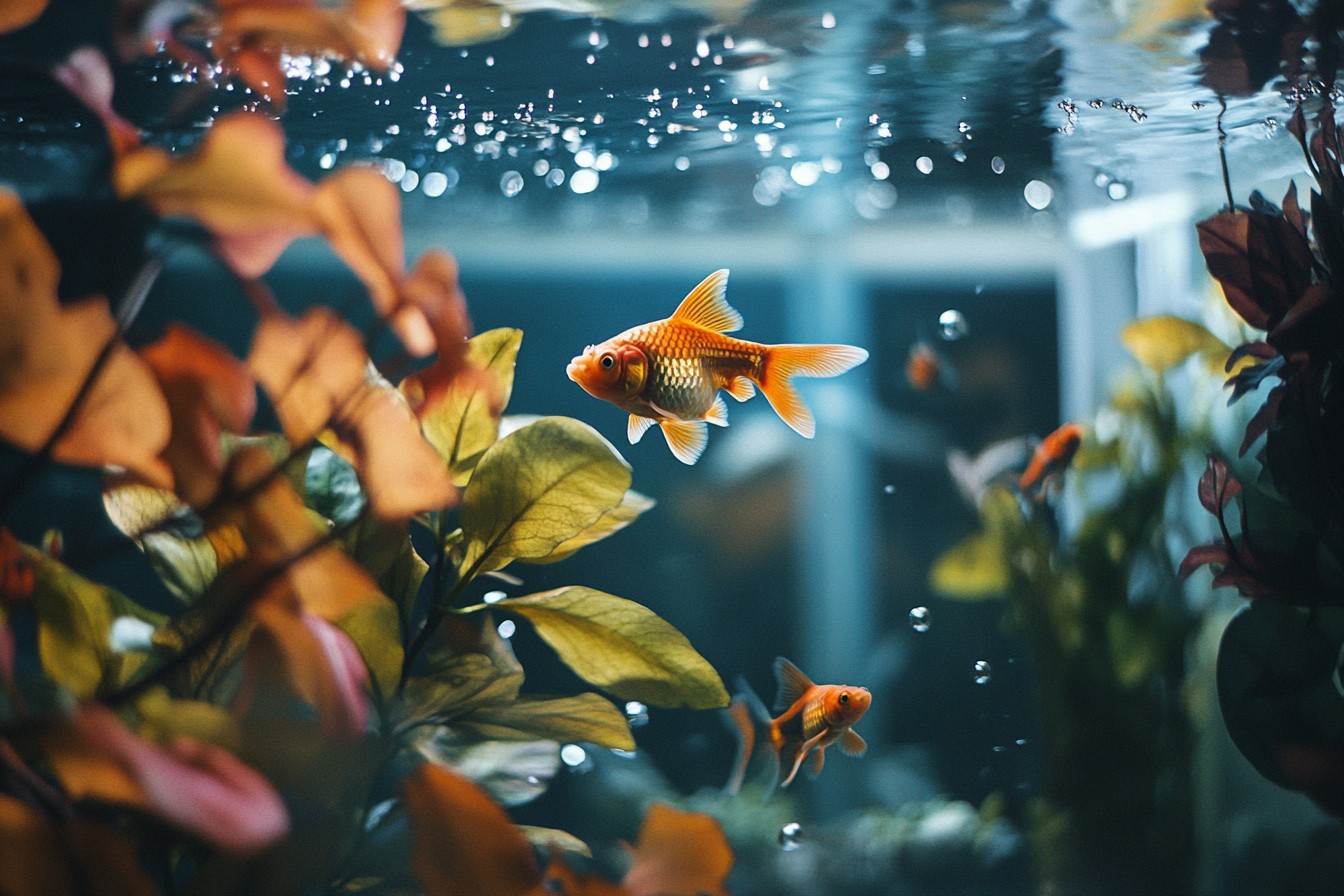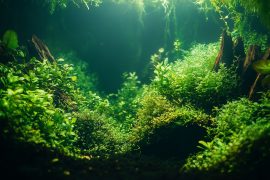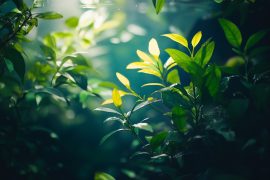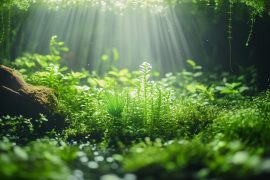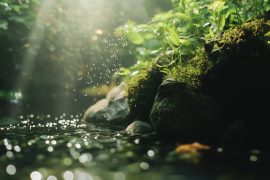When I was a kid in Florida, the concept of “seasons” was pretty much theoretical. We had hot, hotter, and “why is my face melting?” But my tanks still experienced seasonal changes because our home’s air conditioning couldn’t quite keep up with August’s brutal heat, and in January, my mom’s obsession with saving on heating meant I’d sometimes find my bedroom at a brisk 65 degrees. My poor tropical fish lived through more seasonal variation in that bedroom than they would have experienced in the wild.
Not my proudest fishkeeping chapter. These days, I’m much more intentional about seasonal adjustments. Whether you live somewhere with dramatic seasonal shifts or in a place where seasons are more subtle, your aquarium will benefit from thoughtful seasonal adaptations.
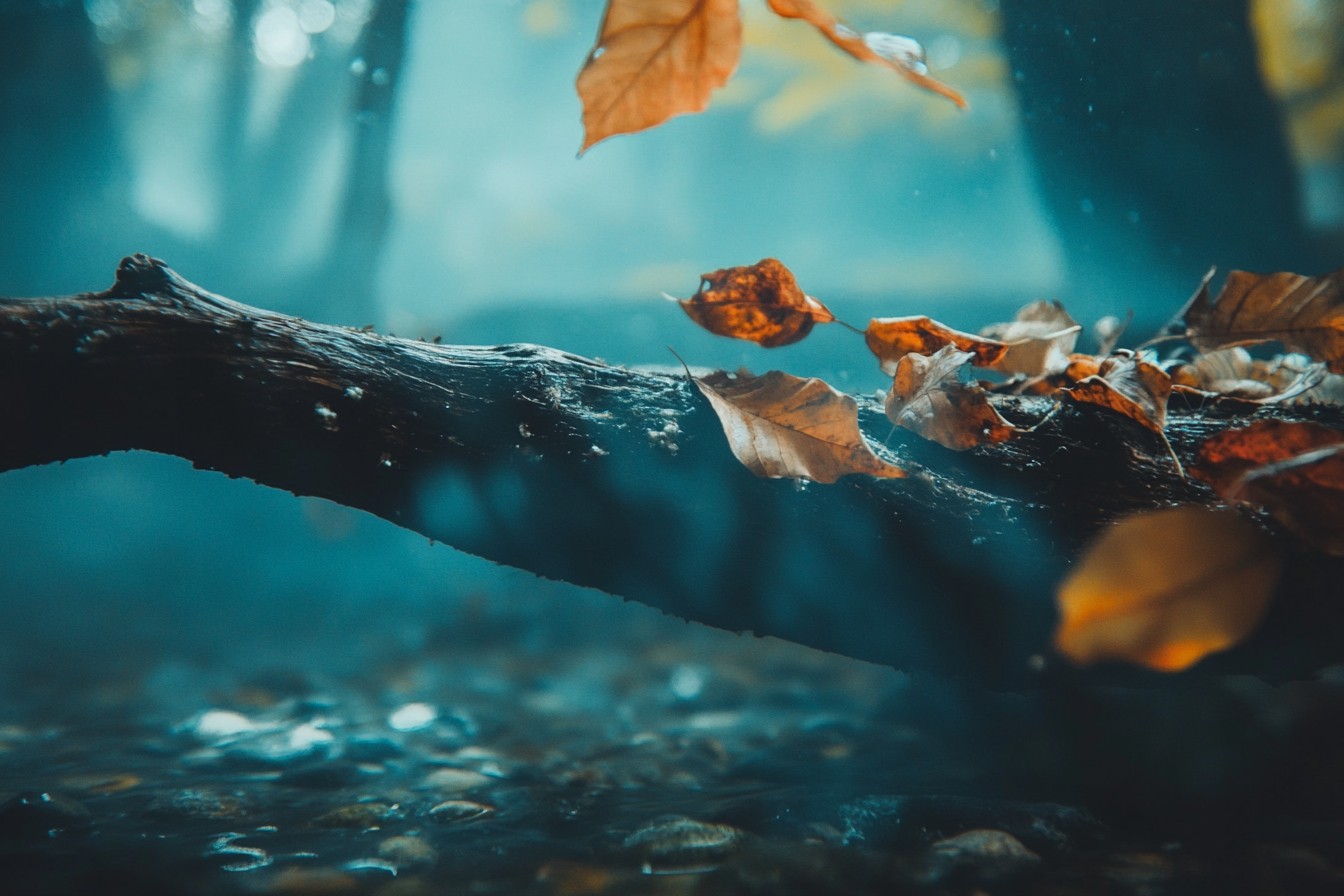
Think about it—in nature, no body of water maintains exact parameters year-round. There are rainy seasons, dry seasons, summer algae blooms, autumn leaf falls. Our aquariums may be artificial environments, but the fish, plants, and microorganisms inside them still respond to these natural rhythms.
Temperature management is probably the most obvious seasonal concern. During summer months, many hobbyists struggle to keep tanks cool enough, especially planted tanks or reefs with powerful lighting that adds heat. My 120-gallon Amazonian community sits in my home office, which gets afternoon sun.
Even with central air conditioning, tank temperatures would regularly climb to 84°F during July and August—too warm for some of my more sensitive species. My solutions evolved over time, from embarrassingly crude (bags of ice floating in the tank—don’t judge me) to increasingly sophisticated. Now I use a combination of approaches: a small clip-on fan that increases evaporative cooling by blowing across the water surface, window tinting to reduce direct sunlight, and running tank lights during cooler evening hours instead of mid-day.
For particularly hot days, I’ll even adjust my home’s AC schedule to cool the room more aggressively during the hottest part of the afternoon. But here’s something many aquarists miss: some temperature fluctuation is actually beneficial. Many tropical fish naturally experience seasonal temperature shifts that trigger important biological processes.
Several years ago, I noticed my rummy-nose tetras had amazing coloration during winter months but faded somewhat in summer despite perfect water parameters. After researching their native Rio Negro habitats, I realized they naturally experience cooler temperatures during certain seasons. Now I intentionally maintain my tank at 78°F in summer but allow it to drop to 74-75°F in winter.
The following spring, my rummies spawned for the first time. Winter brings its own challenges. Heaters work overtime, risking failure.
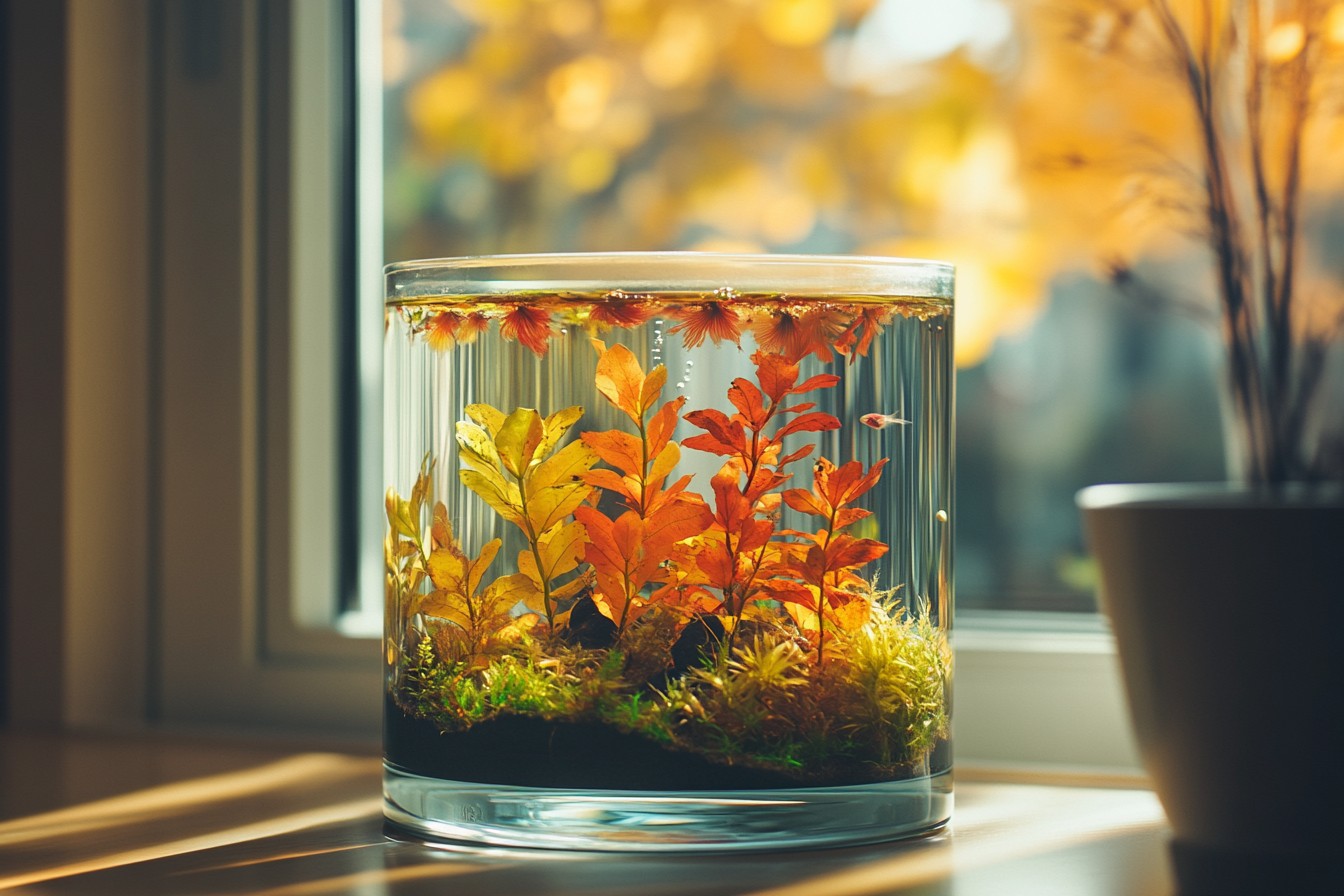
Homes with radiator heat often have extremely dry air, increasing evaporation rates. And power outages during winter storms can be catastrophic. After losing half a community tank during a three-day outage and ice storm (a freak occurrence in Florida that left us unprepared), I developed a winter emergency kit with battery-operated air pumps, heat packs designed for shipping fish, and insulating blankets that can wrap around tanks to slow heat loss.
One winter preparation many forget is checking and recalibrating equipment. Heaters especially should be tested before they’re critically needed. I learned this lesson after a heater that had worked perfectly for years suddenly failed during the first cold snap, apparently having decided its life purpose was now “boil fish instead of warm them.” Now I test all heaters in a bucket before the cold season, verifying they shut off appropriately and maintain accurate temperatures.
Beyond temperature, light is the other major factor requiring seasonal adjustment. In nature, both day length and light intensity vary throughout the year. Many aquatic plants and animals use these changes as environmental cues for flowering, breeding, or physiological changes.
My planted tanks now run on seasonally adjusted lighting schedules—longer, more intense light in summer (gradually building to 10 hours by late June) and shorter, slightly dimmer periods in winter (down to about 7 hours by December). The difference this makes for plant health and fish behavior is remarkable. My cryptocoryne wendtii, which seemed perpetually stalled in my early tanks, now sends up flowers every spring after its winter “rest” period with reduced light.
The natural cycle gives plants time to build energy reserves rather than constantly forcing growth. Fish respond to these light shifts too. My pearl gouramis begin showing breeding colors and building bubble nests when I extend day length in spring.
The first time this happened, I was convinced something was irritating them because their behavior changed so dramatically over just two weeks. Nope—just their natural response to increasing day length. Of course, seasonal maintenance tasks should adjust too.
In my high-tech planted tanks, I increase water change frequency during summer when higher temperatures accelerate plant growth, nutrient uptake, and waste production. My dosing regimen shifts seasonally as well—slightly higher nitrates during peak growth seasons, tapering back during winter rest periods when plants need less. Feeding patterns deserve seasonal consideration too.
Just as wild fish often feed more actively during warmer months and less during cooler periods, I adjust both quantity and frequency. My cichlids get protein-rich foods about 20% more often during their peak activity months. During winter, I reduce overall volume and frequency slightly, focusing on quality over quantity to prevent torpid fish from bloating.
Algae management strategies need to change seasonally as well. Summer’s longer natural daylight and higher ambient temperatures create perfect conditions for problem algae, even in tanks with stable parameters. I’ve learned to get ahead of this cycle by slightly increasing plant fertilization in early spring so my plants can outcompete algae from the start, and I’m more aggressive with removing dying plant matter during warmer months when decomposition happens faster.
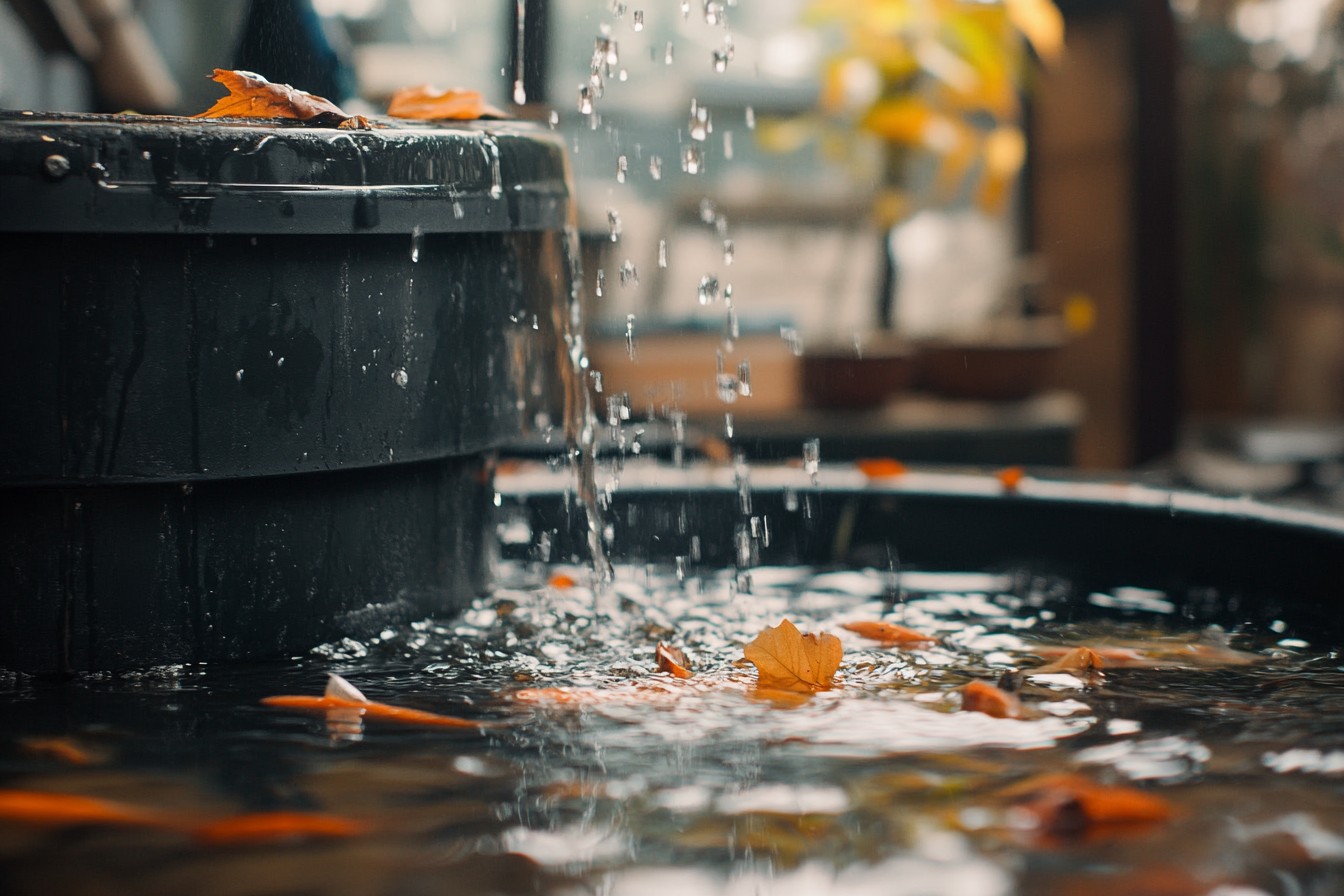
Winter brings different algae challenges, particularly in tanks near windows where the sun sits lower in the sky. Several times I’ve been baffled by sudden diatom or green spot algae blooms in December, only to realize the tank was getting direct sunlight for the first time all year due to the sun’s changed position. Rearranging furniture has sometimes been my best algae prevention strategy!
What about aquascaping? This too can benefit from seasonal thinking. In heavily planted tanks, I now plan major rescapes for early spring, giving plants the full summer growth season to establish.
My hardscape-dominated tanks get maintenance in late fall when I typically have more indoor time due to weather. Thinking seasonally about major tank work has made me more organized and less likely to leave projects half-finished. Some of my most interesting projects have involved intentionally recreating seasonal events from natural habitats.
My 40-gallon South American tank has a “leaf fall” every autumn, where I add slightly more botanical litter—catappa leaves, seed pods, and so on—mimicking the natural input these blackwater systems receive when surrounding forests drop leaves. The resulting tannin release and slight pH shift seems to stimulate my Apistogramma to show better colors and more natural behavior. In spring, that same tank gets a “wet season” simulation with increased water changes using slightly cooler water and reduced leaf litter.
The cherry on top is a specialty “rain bar” I built that creates gentle surface disturbance similar to rainfall. Pure aquarium theater? Maybe.
But the fish respond with increased activity and exploration that suggests it matters to them. I’ve even experimented with “manufactured seasons” for fish from monsoonal regions, creating a distinct dry season (lower water level, warmer temp, fewer water changes) followed by a wet season simulation (cooler water, higher turnover, more frequent changes). My group of wild-caught chocolate gouramis, notorious for being difficult to maintain long-term, has thrived for three years under this regime.
After almost two decades in this hobby, I’ve concluded that tanks maintained with seasonal variations simply do better long-term than those kept at constant parameters year-round. The fish show better coloration, plants grow more robustly, and there seem to be fewer mysterious problems that plague static systems. Does this mean you need a complex seasonal management program with spreadsheets and timers?
Absolutely not. Even small adjustments—slightly reduced feeding and light duration in winter, more frequent water changes in summer—can make a significant difference. Start small, observe the results, and adjust based on what you see.
Your aquarium may be a contained world, but connecting it to the natural rhythms happening outside your window might be one of the kindest things you can do for its inhabitants. After all, seasons are nature’s way of saying things don’t have to stay the same all the time—and sometimes, change is exactly what we need to thrive.
